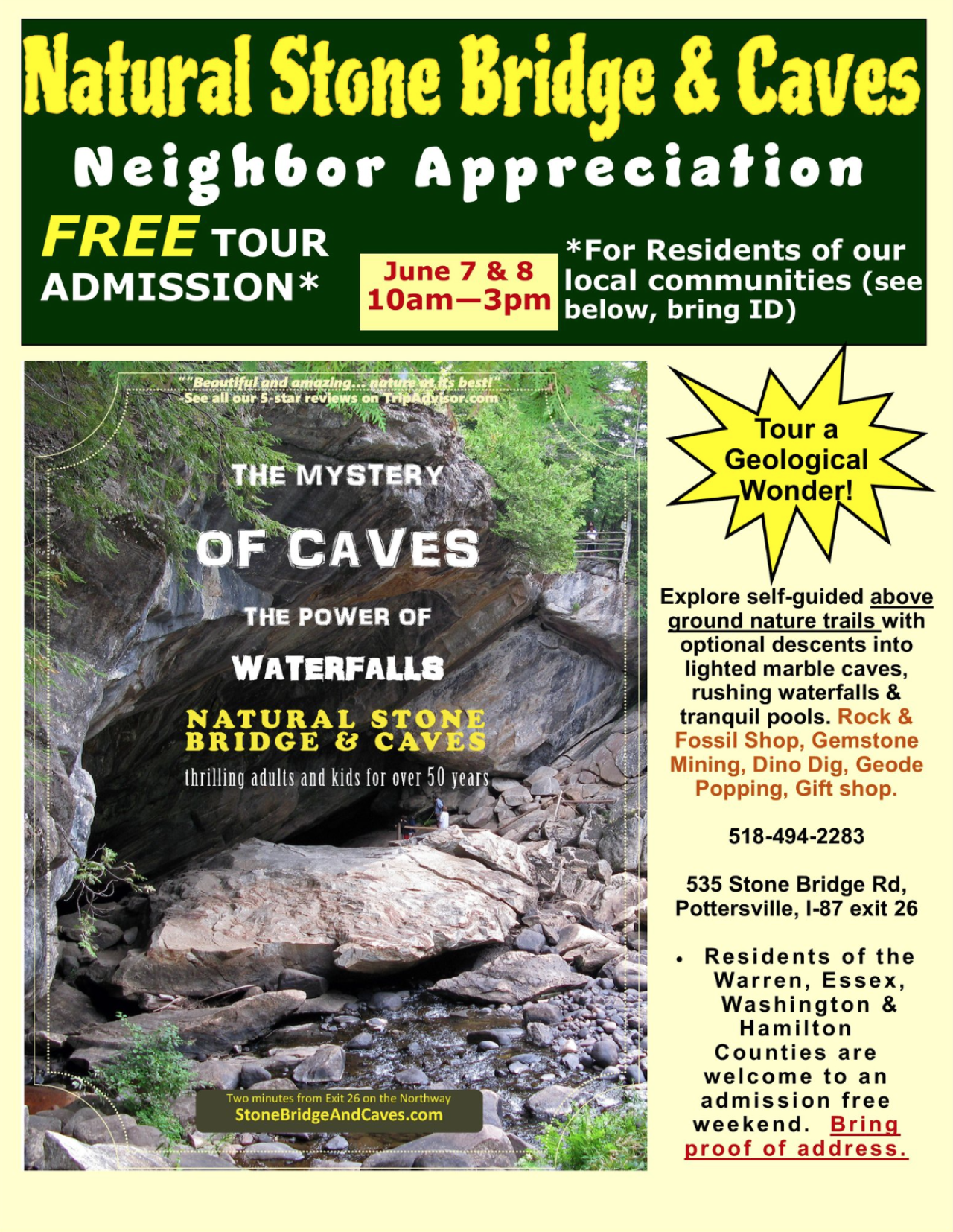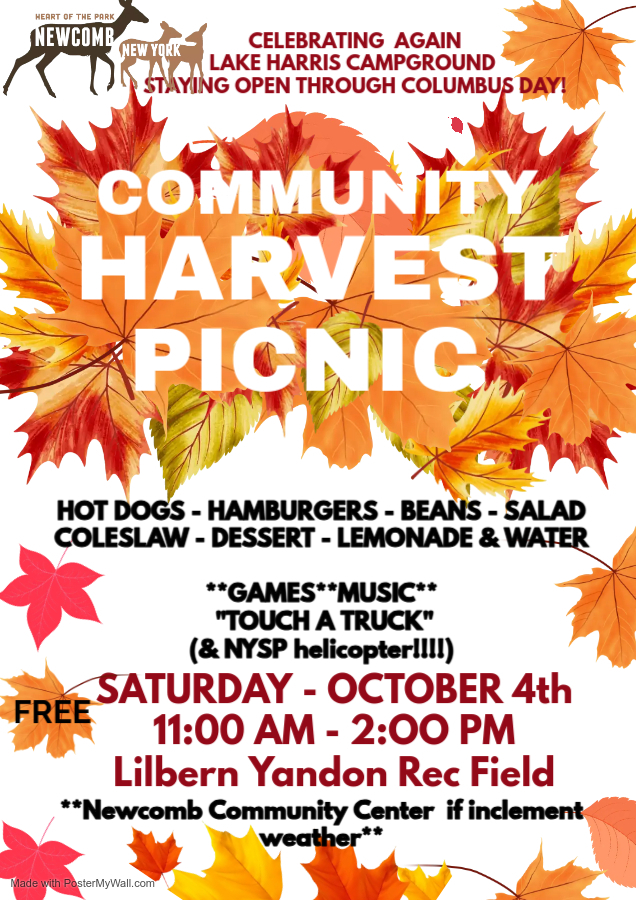range
Valid Oct. 31 - Apr. 29
Valid Oct. 28 - Apr. 22
Winter get away at Rowe’s Cabins
Stay this winter at Rowe's Cabins and recieve 20% off your stay.
package
Mid-Week Discounts
range
Valid May. 1 - Dec. 30
Valid May. 1 - Dec. 30
Canadian Resident Getaway
The Lodge at Schroon Lake
The Lodge at Schroon Lake
Canadian Residents enjoy 25% off!
package
Other
range
Valid Jul. 1 - Sep. 11
Valid Jul. 1 - Sep. 11
Family Game Night at the Lodge at Schroon Lake
The Lodge at Schroon Lake
The Lodge at Schroon Lake
Make Memories with Family Game night!
Make memories that matter with a cozy stay in our spacious Family Glamping Tent—designed for comfort
package
Arts and Entertainment
range
Valid Apr. 15 - May. 18
Valid Apr. 10 - May. 18
Third Night Free for Mother's Day Weekend!
The Chateau on Dock Street
The Chateau on Dock Street
Get the third night of celebrating mom for FREE!
package
range
Valid Jul. 1 - Sep. 30
Valid Jul. 1 - Sep. 30
Paradox Brewery at the Lodge at Schroon Lake
The Lodge at Schroon Lake
The Lodge at Schroon Lake
Explore local craft brewing with our Paradox Brewing Package!
This package includes overnight accommodations, round-trip shuttle service f
package
range
Valid Jun. 21 - Aug. 27
Valid Jul. 1 - Aug. 27
Family Escape at the Lodge at Schroon Lake
The Lodge at Schroon Lake
The Lodge at Schroon Lake
Extend your adventure in the Adirondacks
Enjoy a complimentary third night when you book a three-night stay, a daily $25 dining credit, a
package
Activities and Attractions
range
Valid Oct. 21 - Nov. 26
Valid Oct. 21 - Nov. 26
Thanksgiving Dinner Package
The Lodge at Schroon Lake
The Lodge at Schroon Lake
Celebrate Thanksgiving with a cozy escape to The Lodge at Schroon Lake, complete with a festive dinner at The Brown Swan!
package
Holidays
range
Valid Jul. 27 - Jul. 31
Valid Jul. 27 - Jul. 31
International Beer Day at Paradox Brewery
Paradox Brewery
Paradox Brewery
One hour. $3 pours.
promotion
range
Valid Jul. 1 - Sep. 11
Valid Jul. 1 - Sep. 11
Cast and Catch at The Lodge at Schroon Lake
The Lodge at Schroon Lake
The Lodge at Schroon Lake
Cast and Catch
Experience the thrill of Adirondack waters with a half-day guided fishing trip or private chartered boat fishing trip for t
package
Activities and Attractions
range
Valid Apr. 14 - May. 17
Valid Apr. 9 - May. 17
Third Night Free for Mother's Day Weekend!
The Chateau on Dock Street
The Chateau on Dock Street
Give mom the gift she really wants this Mother's Day - bring the whole family together under one roof!
This spacious, lakefront home is th
package
range
Valid Oct. 29 - Nov. 1
Valid Oct. 21 - Oct. 29
30% Off Halloween Weekend Stays
The Lodge at Schroon Lake
The Lodge at Schroon Lake
Flash Sale!
Don't ghost your getaway plans- spend Halloween lakeside with
package
range
Valid Sep. 12 - Sep. 13
Valid Apr. 30 - May. 30
BikeADK loves Canada - Handlebarley
Canadian Residents can use the code “BikeADKLovesCanada" will receive 15% off their registration!
promotion
recurring
Valid
Valid Oct. 21 - Oct. 21
New York Resident discount
The Lodge at Schroon Lake
The Lodge at Schroon Lake
package
Local Deals
recurring
Valid
Valid Jul. 8 - Jul. 8
weekly on Monday, Tuesday, Wednesday and Thursday until July 9, 2026
Happy Hour at The Tavern
The Lodge at Schroon Lake
The Lodge at Schroon Lake
Unwind with us every Monday through Thursday from 4-6pm for the best Happy Hour in town!
promotion
1
week
MO,TU,WE,TH
MO
range
Valid Apr. 14 - May. 17
Valid Apr. 7 - May. 17
Mother's Day Stay - the gift mom really wants!
The Chateau on Dock Street
The Chateau on Dock Street
Give mom the gift she really wants this Mother's Day - bring the whole family together under one roof!
This spacious, lakefront home is th
package
range
Valid Jul. 1 - Sep. 11
Valid Jul. 1 - Sep. 11
Hike or Paddle at The Lodge at Schroon Lake
The Lodge at Schroon Lake
The Lodge at Schroon Lake
Hike or Paddle Package
Immerse yourself in the natural beauty of the Adirondacks with a professionally guided half-day hike or paddle for
package
Activities and Attractions
range
Valid Oct. 21 - Dec. 24
Valid Oct. 21 - Dec. 25
Deck the Halls at The Lodge at Schroon Lake
The Lodge at Schroon Lake
The Lodge at Schroon Lake
package
Holidays
range
Valid May. 9 - May. 10
Valid Apr. 30 - May. 10
Escape into Nature with Mom at Circle B Ranch
Circle B Ranch Riding Stable
Circle B Ranch Riding Stable
This Mother's Day, give Mom the gift of tranquility and connection with a peaceful horseback trail ride through the scenic Adirondack forest at Circle B Ranch at 50% off!
promotion
recurring
Valid
Valid Oct. 21 - Oct. 21
10% off your stay as a valued AAA member
The Lodge at Schroon Lake
The Lodge at Schroon Lake
Enjoy the tranquil lakeside getaway at a discounted rate exclusively for AAA members! Benefit from 10% off your stay as a valued AAA member.
package
Other

